Foreword
1 Scope
2 References
3 Definitions and abbreviations
3.1 Definitions
3.2 Abbreviations
4 Introduction
5 Fundamentals of an EPG
5.1 A non-proprietary and non-discriminatory system
5.2 Key concepts
5.3 Basic editorial decisions
5.4 EPGs and Teletext
6 Characteristic elements of EPG services
6.1 This Channel EPG
6.2 Multiple channel EPG
6.3 Full EPG
6.4 The "Near" and "Far" distinction
7 Types of decoder
7.1 Simple decoder
7.2 Single channel decoder
7.3 Multiple channel decoder
7.4 Full EPG decoder
7.5 Composite EPG decoder
7.6 Comparison of Composite and Full EPG systems and decoders
8 The Structure of an EPG service
8.1 The Bundle Information block
8.2 The Application Information block
8.2.1 Block contents
8.2.2 Transmission aspects
8.2.3 Identification of the broadcaster
8.3 Programme Information blocks
8.3.1 Text content
8.3.2 Attributes, categories and ratings
8.4 Display related blocks
8.5 Navigation Information blocks
8.6 The transmitted data stream
9 Display aspects
9.1 Screen layout
9.2 The definition of text
9.3 Use of the Carriage Return attribute
10 Copyright and access control
11 Scope and depth of an EPG
11.1 General considerations
11.2 Prioritization
11.2.1 The whole EPG
11.2.2 Near information
11.2.3 Far information
11.3 Editorial guidance
12 Technical background
12.1 Outline
12.2 Transmission aspects
12.2.1 Page format
12.2.2 Stream 1
12.2.3 Stream 2
12.2.4 Filler packet space
12.2.5 Transmission relationship between Streams 1 and 2
12.2.6 Serial versus parallel transmissions
12.3 Database components
12.3.1 Bundle Information
12.3.2 Application Information
12.3.3 Programme Information
12.3.4 OSD Information, Navigation Information and other blocks
12.4 Typical transmission decisions
12.5 Service scenarios
12.5.1 Minimum EPG service - This Channel Now and Next
12.5.2 This Channel Today
12.5.3 This Channel Near
12.5.4 Service A - This Channel Only for 14 days
12.5.5 Service B - 4 channels for 7 days in some depth, plus 16 channels for 3 days, titles only
12.5.6 Service C - 2 channels in detail plus 9 other channels, titles only, for 7 days
12.5.7 Service D - 1 channel in some depth plus 20 other channels, titles only, for 5 days
12.5.8 Conclusions and impact on the normal Teletext service
12.6 Technical tailoring
12.7 Other operational issues
12.7.1 Numbering, scheduling and transmission of Programme Information blocks
12.7.2 Operations at the end of a programme
12.7.3 Major event rescheduling
12.7.4 Update mechanism
12.7.5 Diagrammatic representation of refreshing
Annex A: Commercial name for EPG services
Annex B: List of programme attributes
Annex C: Pre-defined programme theme categories
Annex D: Editorial committee
History

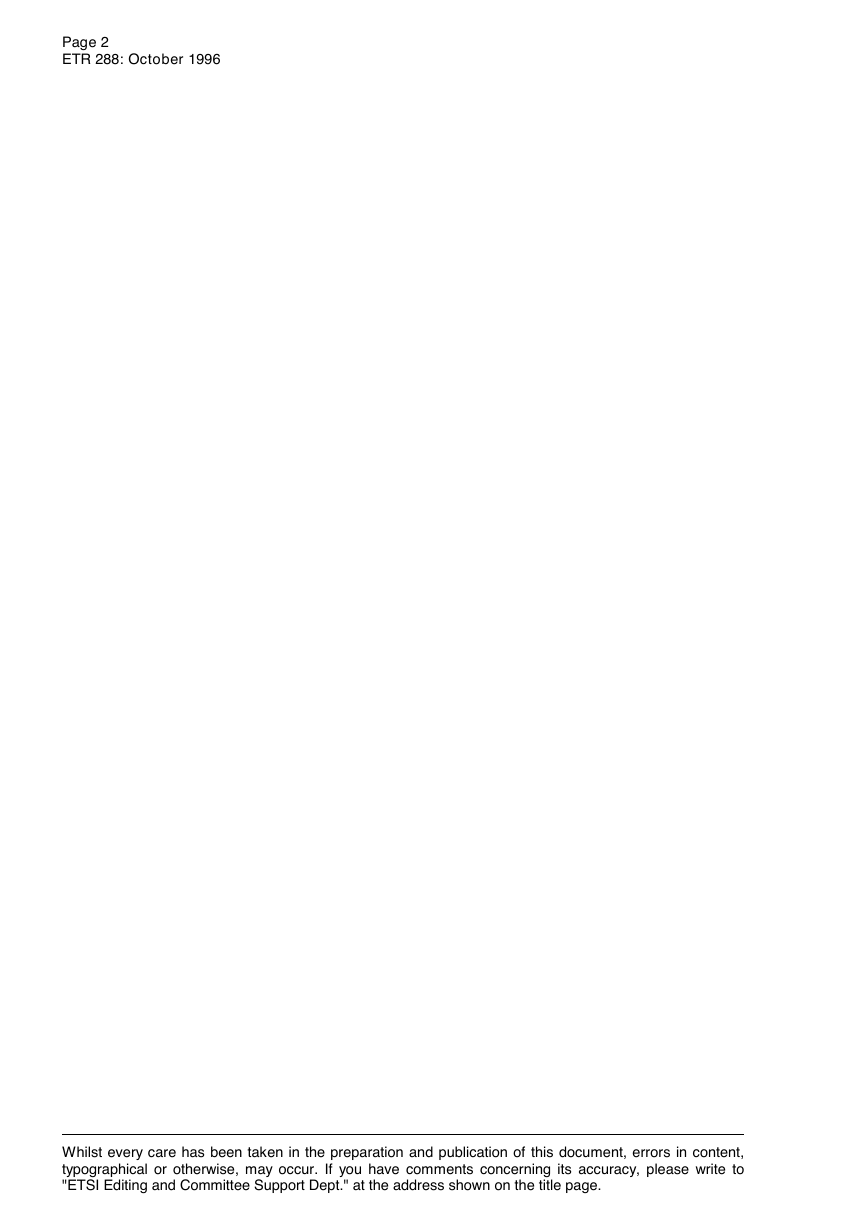
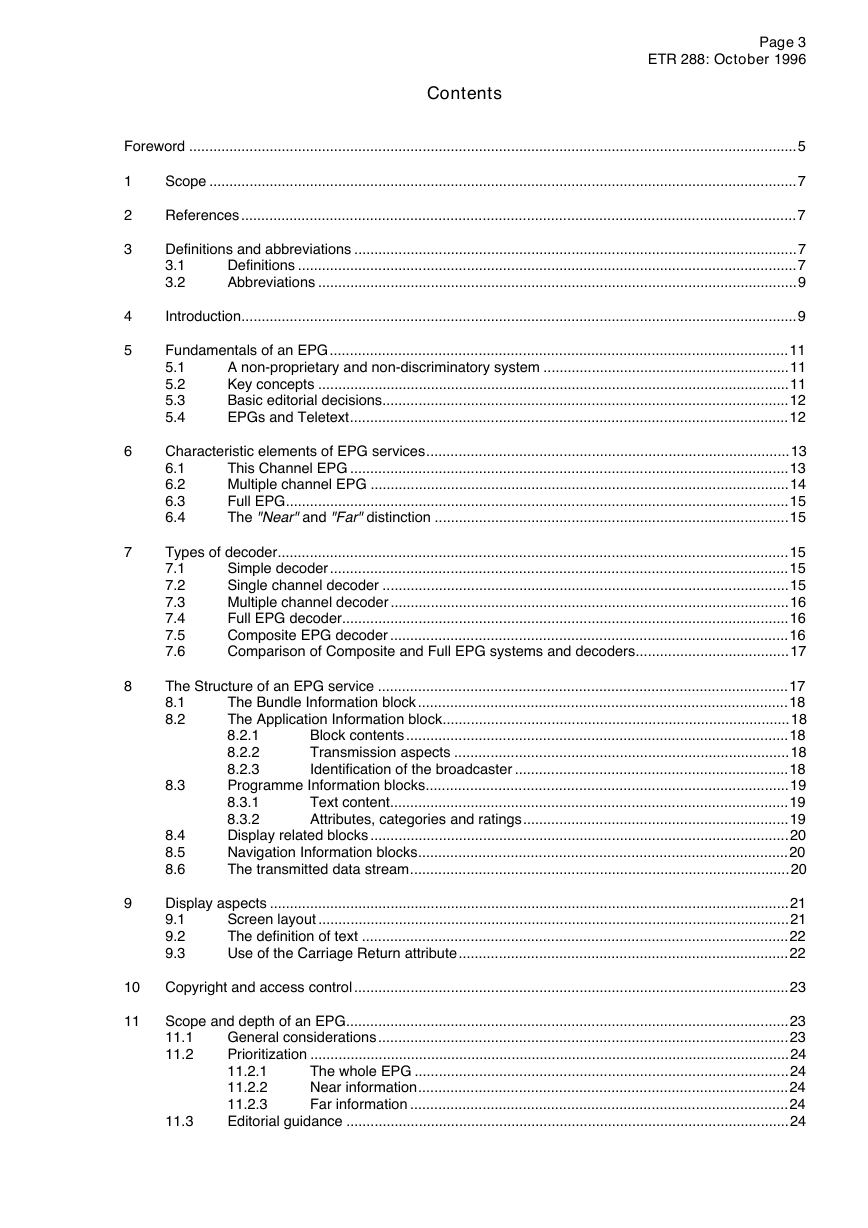
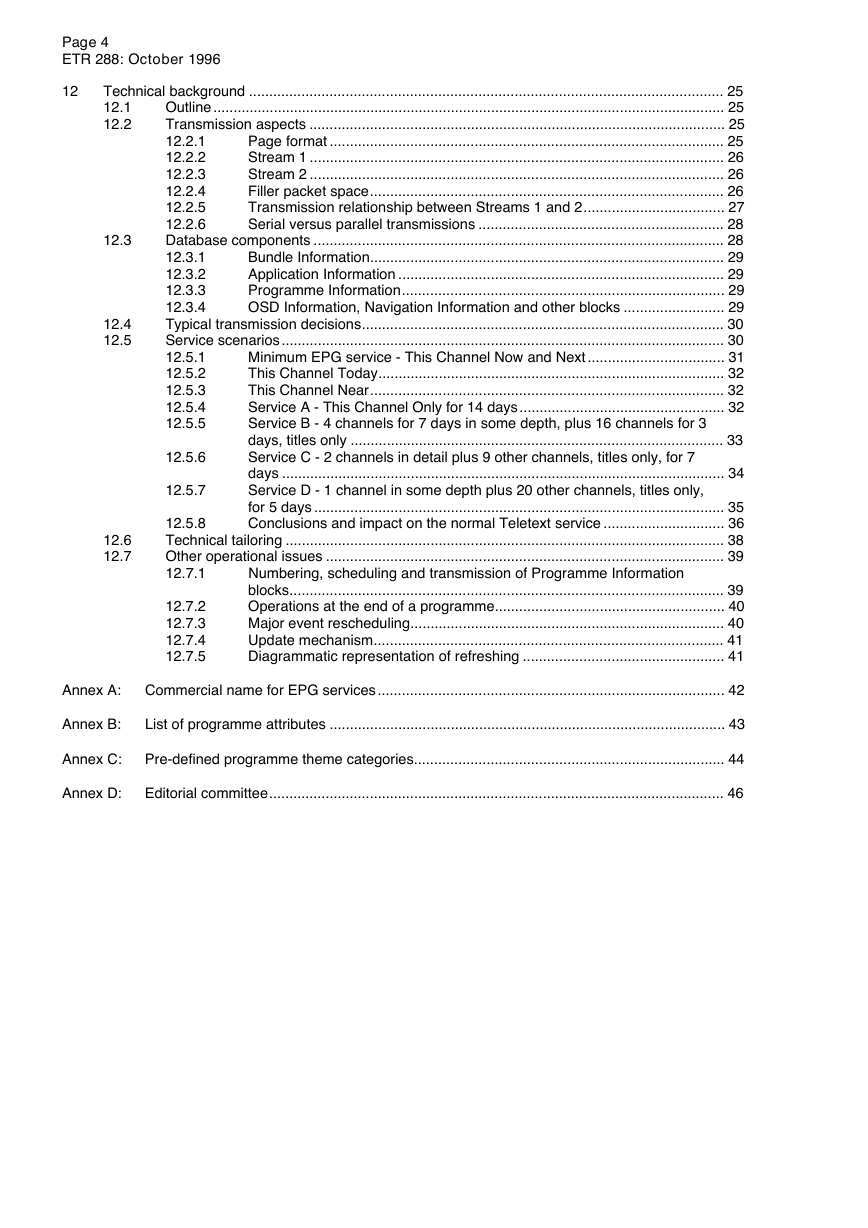
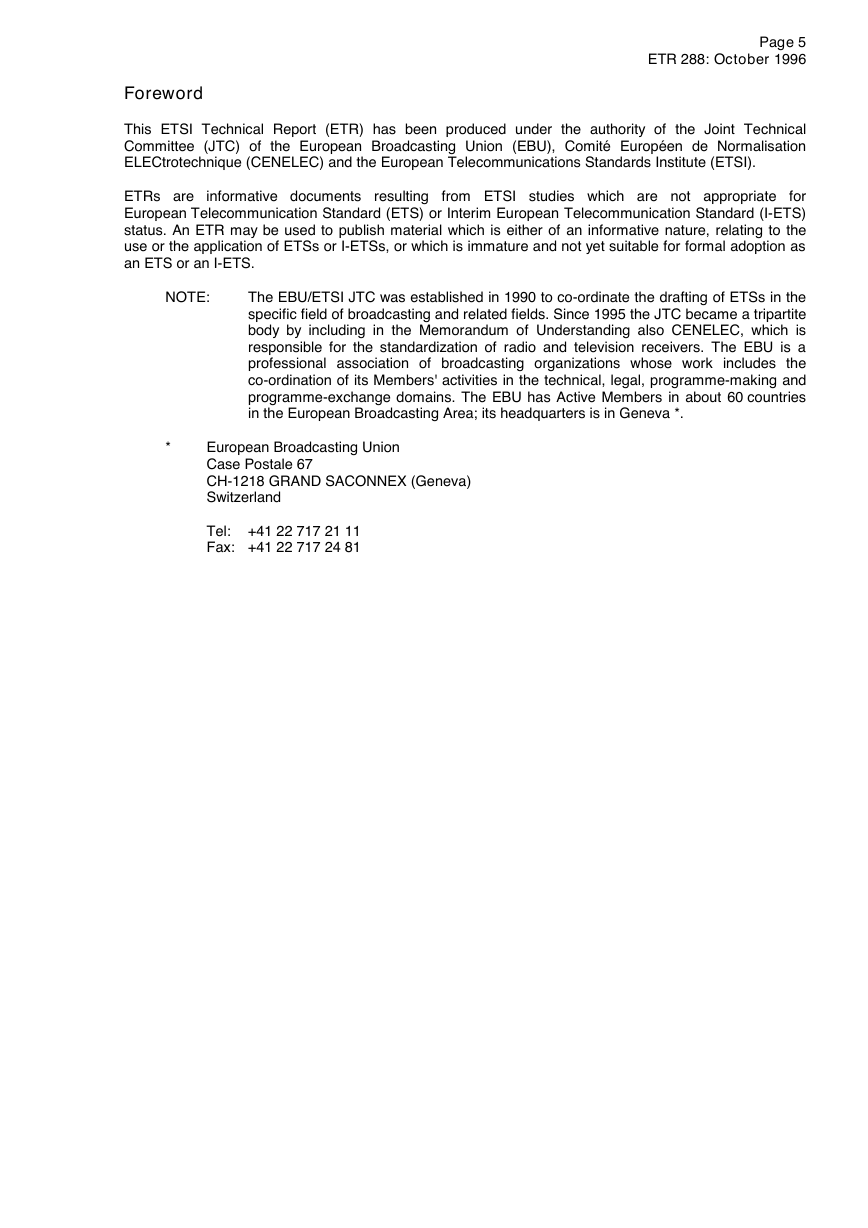

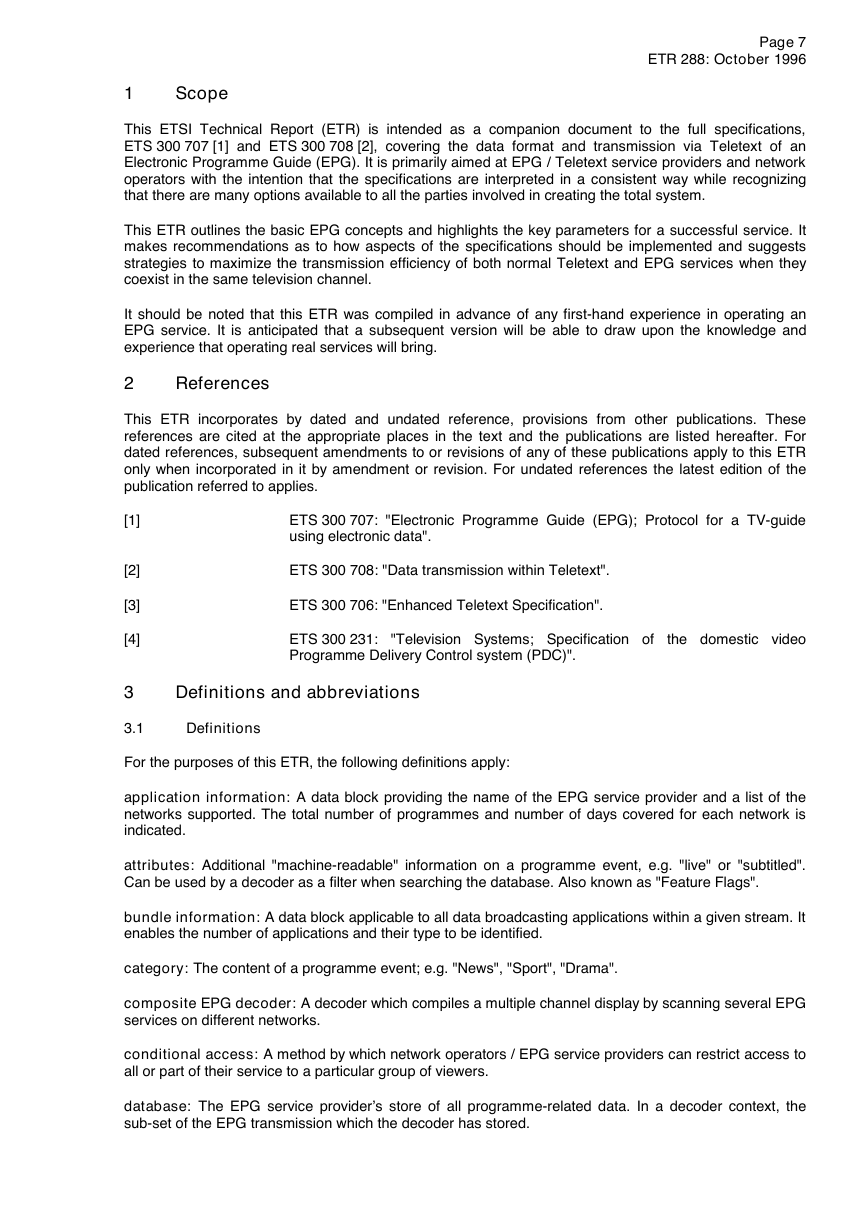
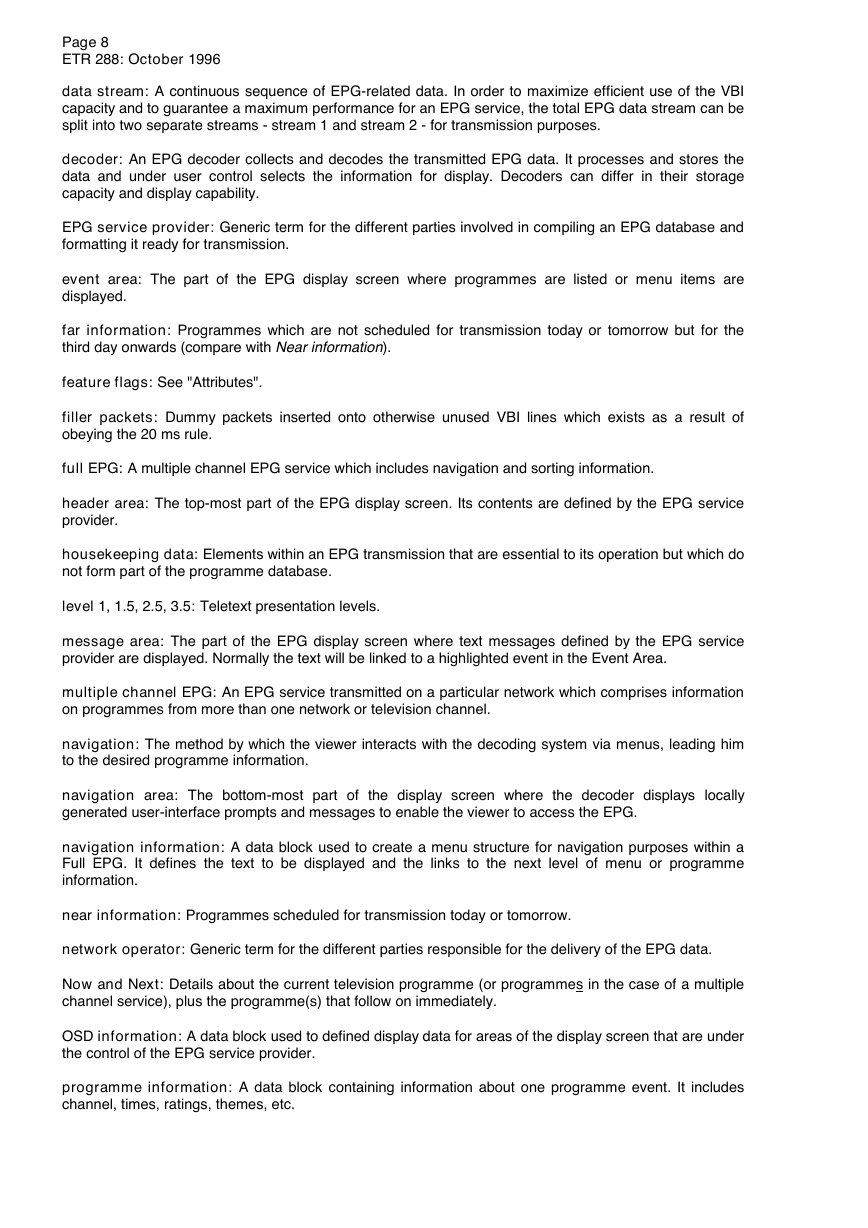








 2023年江西萍乡中考道德与法治真题及答案.doc
2023年江西萍乡中考道德与法治真题及答案.doc 2012年重庆南川中考生物真题及答案.doc
2012年重庆南川中考生物真题及答案.doc 2013年江西师范大学地理学综合及文艺理论基础考研真题.doc
2013年江西师范大学地理学综合及文艺理论基础考研真题.doc 2020年四川甘孜小升初语文真题及答案I卷.doc
2020年四川甘孜小升初语文真题及答案I卷.doc 2020年注册岩土工程师专业基础考试真题及答案.doc
2020年注册岩土工程师专业基础考试真题及答案.doc 2023-2024学年福建省厦门市九年级上学期数学月考试题及答案.doc
2023-2024学年福建省厦门市九年级上学期数学月考试题及答案.doc 2021-2022学年辽宁省沈阳市大东区九年级上学期语文期末试题及答案.doc
2021-2022学年辽宁省沈阳市大东区九年级上学期语文期末试题及答案.doc 2022-2023学年北京东城区初三第一学期物理期末试卷及答案.doc
2022-2023学年北京东城区初三第一学期物理期末试卷及答案.doc 2018上半年江西教师资格初中地理学科知识与教学能力真题及答案.doc
2018上半年江西教师资格初中地理学科知识与教学能力真题及答案.doc 2012年河北国家公务员申论考试真题及答案-省级.doc
2012年河北国家公务员申论考试真题及答案-省级.doc 2020-2021学年江苏省扬州市江都区邵樊片九年级上学期数学第一次质量检测试题及答案.doc
2020-2021学年江苏省扬州市江都区邵樊片九年级上学期数学第一次质量检测试题及答案.doc 2022下半年黑龙江教师资格证中学综合素质真题及答案.doc
2022下半年黑龙江教师资格证中学综合素质真题及答案.doc